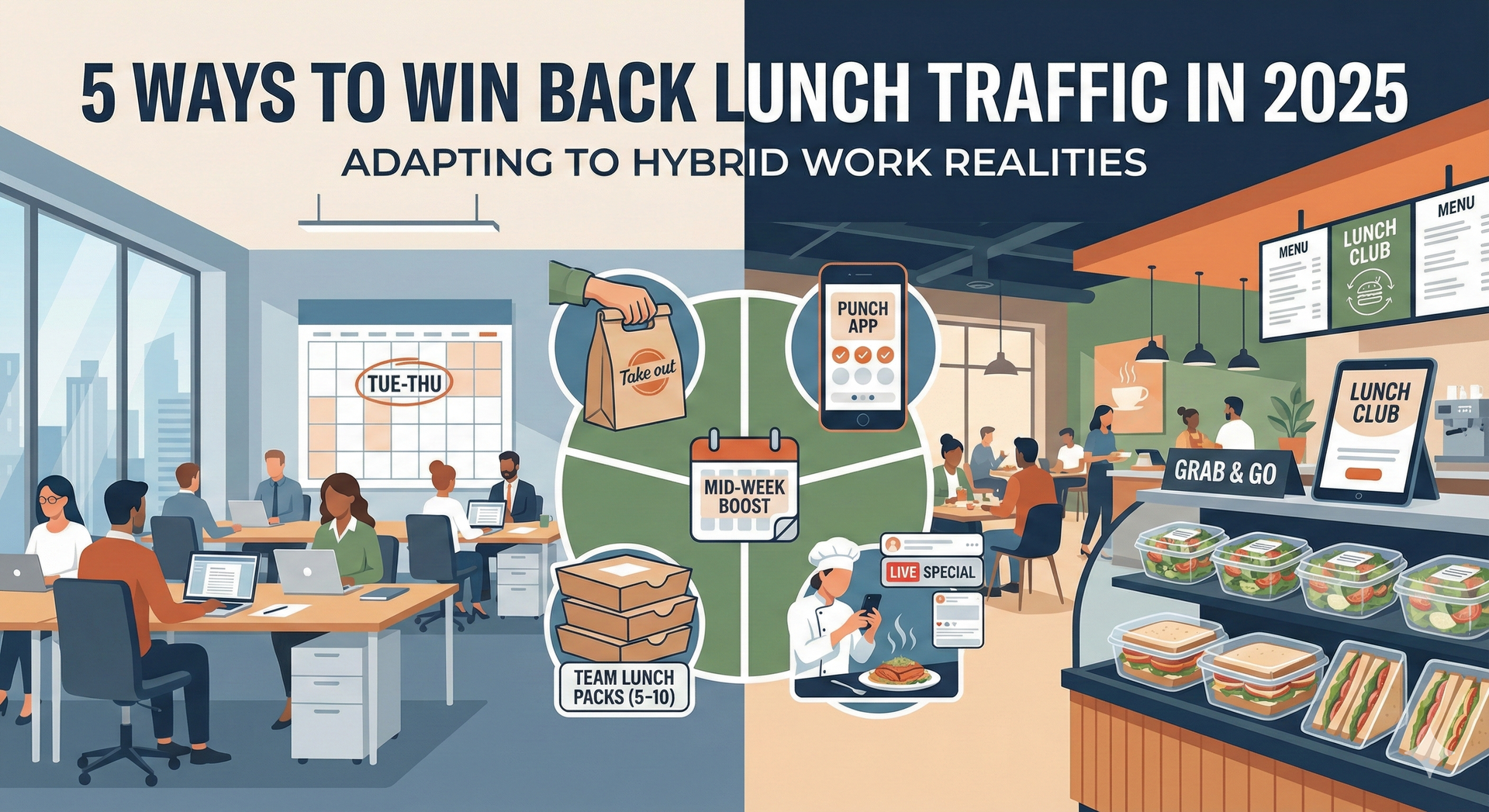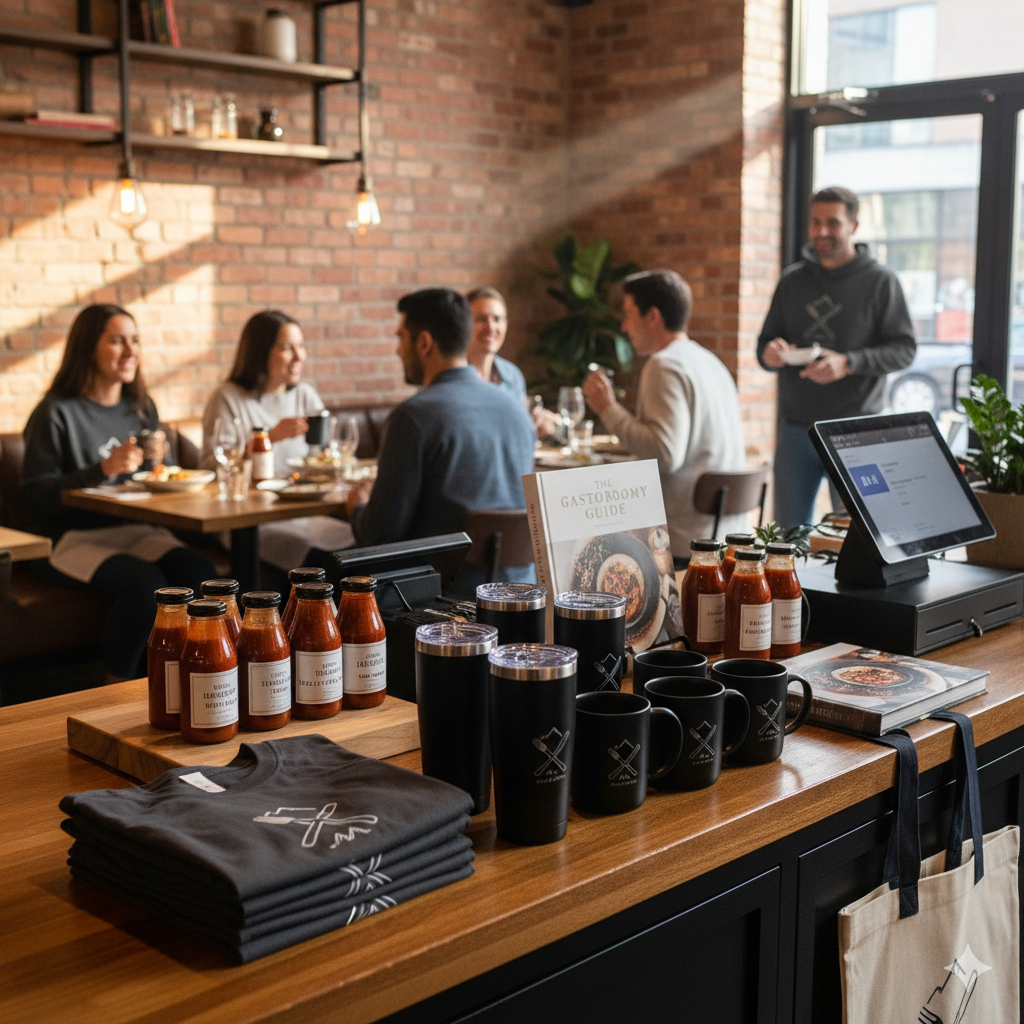Blog
Summer Food Trends of 2022
Spring is still blooming, but summer food trends are brewing

Restaurant chefs are ready to reconnect with their kitchen to create new recipes for the steaming hot weather in the next few months. However, due to supply chain issues and food shortages, chefs are doing their best to work with what they have.
Thanks to social media, there are new food hacks, and you can always find a trending food item or recipe there. Here is what we think will be popping up in restaurants this summer of 2022.
Plant-based and Meat-free Foods
According to a recent Lending Tree survey, it found that 55% of consumers are more willing to spend more on environmentally friendly and sustainable products. 1 Due to supply chain issues and food shortages, people are searching for ways to save money, but still have delicious meals to enjoy.
Chefs especially are struggling to find enough meat for their recipes as it is. Therefore, plant-based food, vegan, and vegetarian menu items are sure to be on the rise this upcoming summer.
As said before, social media is the easiest way to create a viral buzz. Gordon Ramsey presented vegan bacon on TikTok in July of 2021, but users on TikTok seem to be trying to recreate it once more. 2
Fishless fish is also on the rise. More people are finding ways to create fishless salmon and fishless tuna with ingredients like tofu, hearts of palm, cabbage, peas, and more. It will be interesting to see chefs recreate a Poké bowl with fishless fish.
Spice and Fusion
Global spices have been the latest buzz in the social media craze. Indian spices, Thai chilies, Korean gochujang, and Nigerian spices have been the biggest craze in the year so far and will continue to grow. People are now discovering new ways to spice up their meals using international spices and ingredients.
Restaurants in Spain have joined the fusion trend already by combining well-loved American food and twisting the flavors up with popular spices. Some have added chili oil to burgers, and some are looking for creative ways to fuse Asian soup and Nigerian egusi soup to create an exotic flavor.
“According to Sophina Uong, chef and owner of Mister Mao in New Orleans, LA, this will be the year that African cuisine moves into the mainstream of American eating, much as foods from Asia, the Caribbean, and of course Europe have in decades past, via Southern Living.” 3
Delta-8 and CBD Infused
Since Delta-8 and CBD are legal in most states, restaurants, and chefs from across the nation have been trying to incorporate this ingredient into their menus. Although Delta-8, THC, and CBD-infused items are still somewhat of a big debate amongst politicians, it has not stopped chefs from creating menu items using these ingredients.
Also, “CBD products are moving away from the health food shops and into drinks and food products, so it is certainly an area worth exploring for fine food retailers.” 4
In San Antonio Texas, there is a CBD coffee shop named Archie’s Coffee Lounge. Customers can order their coffee infused with CBD, CBD bakery items, and more. There is currently a restaurant in New York called Stoned Pizza in NYC which offers THC-drizzled pie and CBD infused snacks.
The use of these ingredients is gaining popularity with older Gen-Zers and Millennials. When made correctly, the taste of Delta-8, THC, and CBD is nonexistent or not overpowering over the other ingredients. Customers enjoy it because of the calming or “happy” feeling it gives them. It is summer … people want to have fun!
Mocktails
Speaking of fun, people are finding that they can still have fun without booze, but they still want that refreshing feeling of drinking a cocktail. So, mocktails are becoming increasingly popular and trendier.
Meg Blackford, an executive chef at Commander’s Palace in New Orleans has said that the non-alcoholic trend will steadily increase and peak in interest this year. This is because people are embracing healthier eating and drinking habits. 5
“According to Fernando Soberanis, executive chef of Laurel Brasserie & Bar in Salt Lake City, Utah, via Food and Wine. A proper zero-alcohol cocktail has all the complexity of flavor of a boozy beverage but without the many drawbacks of ethanol.” 6
Some high school and traditional college students do not want to go through the hassle of trying to find a way to get their hands on some delicious cocktails. Thanks to mocktails, they can take a sip with their friends while still enjoying their summer vacation.
Mocktails also pair well with whatever you are planning to grill during your summer backyard barbecue with your friends and family. Mocktails are packed with the same flavor as cocktails, and you can drink more of them without the consequences of a hangover.
What are your predictions?
There is always something trending and there are brilliant chefs around the world to take these trends to the next level. Let us know your thoughts on what you want to add to our summer food trend predictions for this year.
Goliath Consulting Group is a restaurant consultancy group based in Atlanta, Georgia. For more information on our services visit http://www.goliathconsulting.com or email us at getresults@goliathconsulting.com











